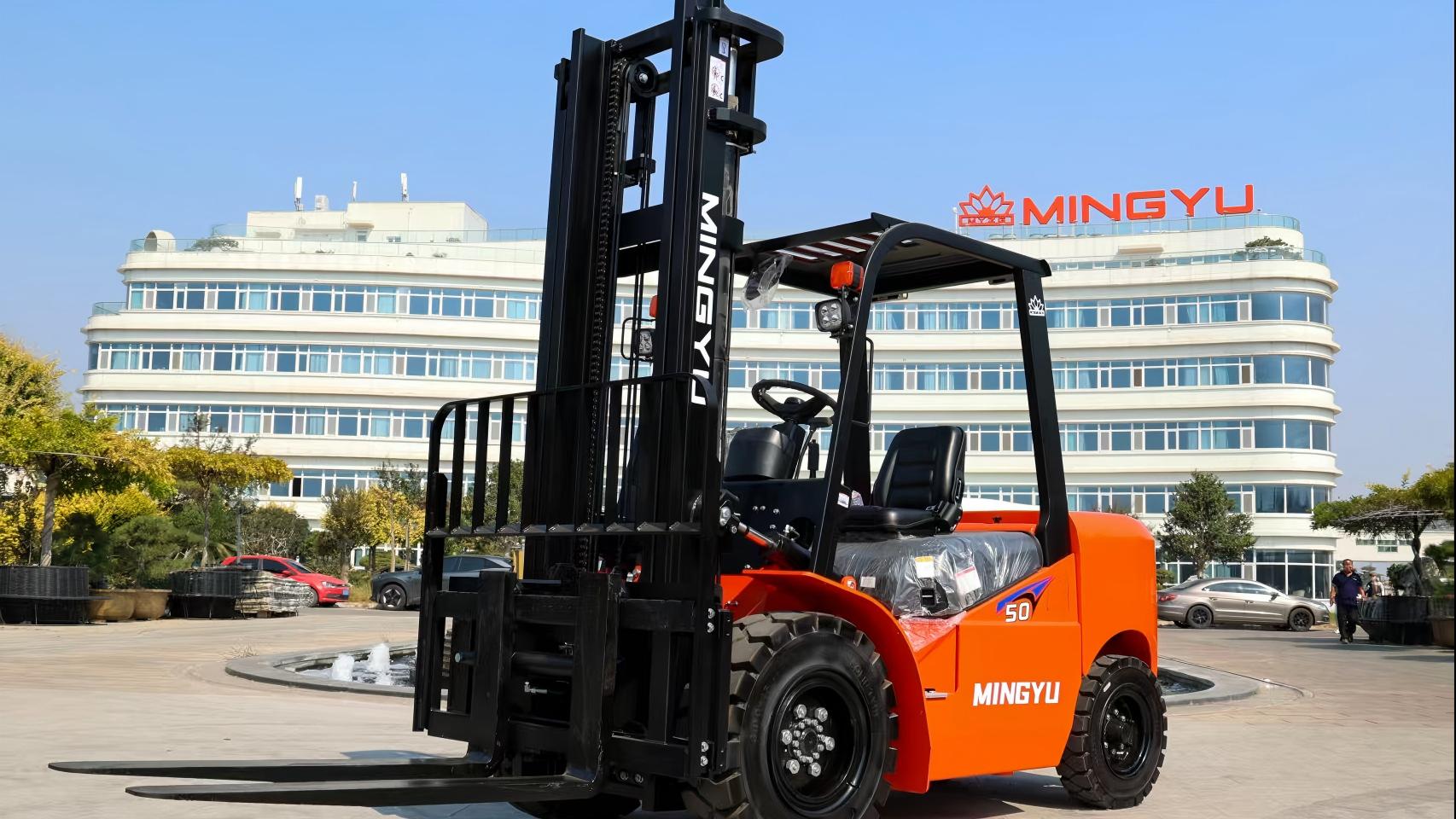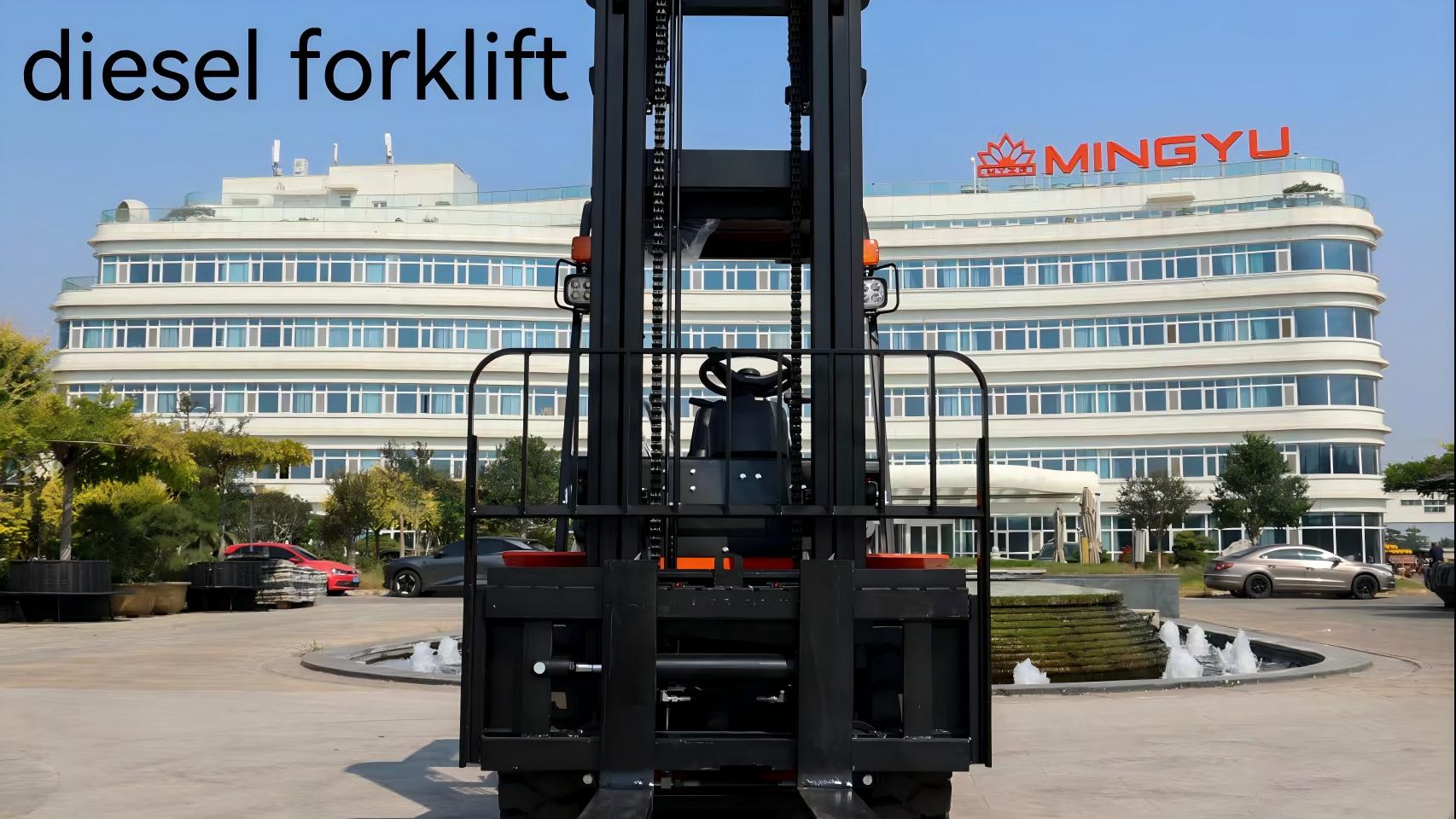Daily Forklift Maintenance Checklist
Daily forklift maintenance is far more than a routine task—it is the cornerstone of operational safety, equipment durability, and cost efficiency in industrial settings. By conducting consistent daily checks, businesses can prevent costly breakdowns, reduce the risk of workplace accidents, and extend the lifespan of their forklifts. This practice is not only a matter of best practice but also a regulatory requirement, as standards like OSHA guidelines mandate regular inspections to ensure compliance and protect workers. The primary goal of a daily maintenance checklist is to provide operators and maintenance staff with a clear, actionable framework that covers every critical aspect of forklift care, from pre-operation preparations to post-shift documentation.
Pre-operation checks lay the groundwork for safe and efficient forklift use, starting with a thorough exterior and structural inspection. Operators must assess tires for wear, punctures, or improper inflation, examine forks and attachments for cracks or bending, and ensure the body, frame, overhead guards, and seatbelts are intact. Lighting and signaling systems—including headlights, taillights, turn signals, and horns—must be tested to guarantee visibility and communication on the job. Fluid and fuel systems also require close attention: checking levels of engine oil, coolant, hydraulic fluid, and brake fluid, while inspecting for leaks. For gas or diesel models, fuel lines and caps need verification, and electric forklifts demand battery checks for corrosion, charge levels, and secure charger connections to prevent electrical hazards.
Operational checks during use and post-operation procedures are equally vital to maintaining forklift performance. During operation, operators should monitor engine behavior for unusual noises or smoke, ensure gauges display accurate readings, and test hydraulic systems for smooth lifting, lowering, tilting, and reaching—watching for jerky movements or leaks. Brake and steering systems require rigorous testing too: service brakes must respond promptly, parking brakes should hold on inclines, and steering should feel steady without excessive play. After use, cleaning the forklift’s exterior, forks, and undercarriage removes debris that could cause corrosion, while tidying the operator’s area prevents interference with controls. Proper shutdown involves parking on level ground, lowering forks, engaging the parking brake, and powering off the engine or disconnecting the battery, followed by a final leak check under the parked vehicle to catch issues that may have arisen during the shift.
Documentation, issue tracking, and safety practices complete the daily maintenance cycle. Detailed logbooks should record dates, operators, checks performed, and any issues noted—whether minor hydraulic delays or urgent problems like brake failure—supporting trend analysis, preventive maintenance scheduling, and regulatory compliance. Digital tools or paper logs each have merits, but consistency in tracking is key. Operators must learn to flag high-risk red flags like fork cracks or battery corrosion immediately, as well as address persistent minor issues to avoid major failures. Safety remains paramount: wearing PPE like gloves and steel-toe boots, following shutdown protocols before inspections, and avoiding shortcuts even during busy shifts protect workers from harm. By embedding these practices into daily routines, workplaces foster a culture of accountability, ensuring daily maintenance becomes a habit that safeguards both equipment and employees.
Post time:Aug.06.2025


